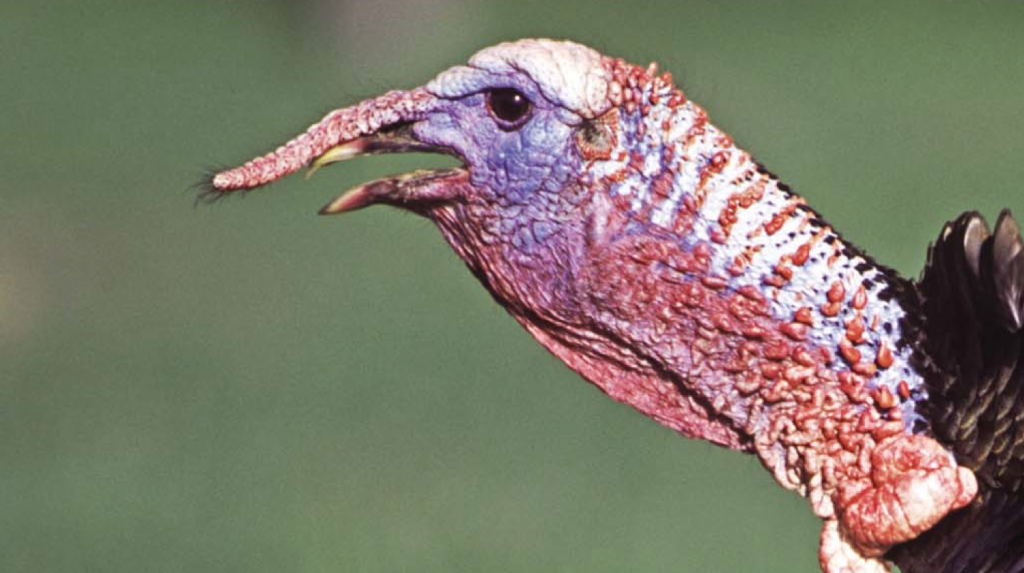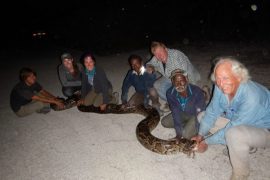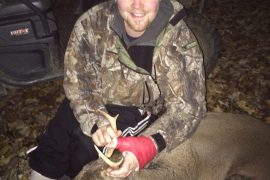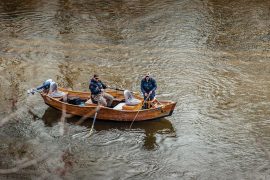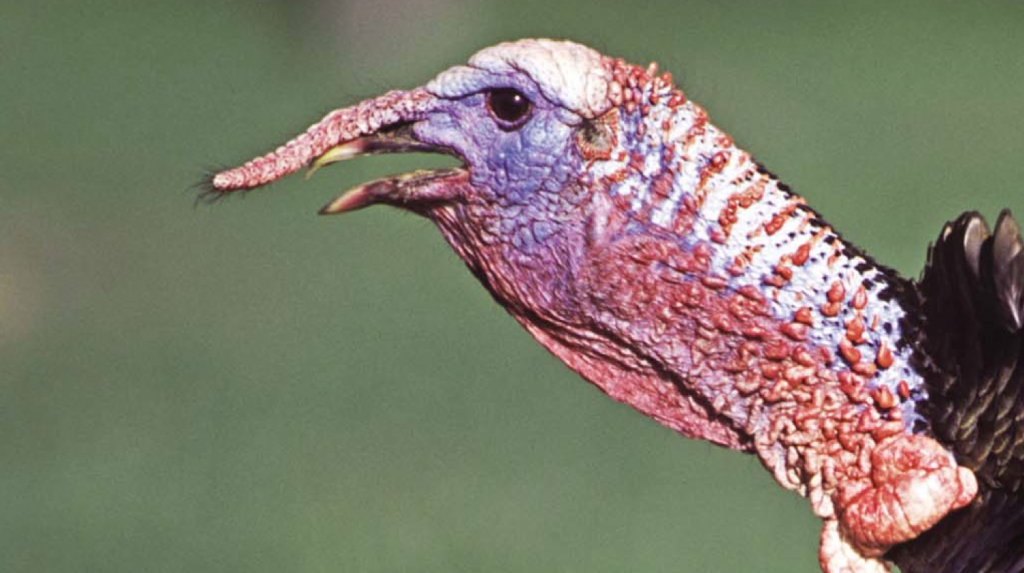
Barrels of ink and terabytes of data have been written about the five wild turkey subspecies found from Maine to Mexico, Florida to Washington state. If you’re a hunter then no doubt you’ve examined your harvested turkeys time and again and have questioned: What’s this and what’s that? Why does this thing on its beak shrink? How can a turkey see me flick a mosquito from 100 yards? Here are some answers.
The Snood
The snood is that funny thingy hanging off the top of a male turkey’s beak. They’re soft and fleshy, like the knobby skin on the turkey’s neck. When a gobbler’s excited and strutting, the snood grows and hangs off the side of the beak.
If a gobbler’s running — coming to your call or decoy on a rope — the snood is flopping around. When engorged it turns dark red. Some research studies have found that longer snoods are considered more dominant among males and desirable by hen turkeys. Apparently, in the turkey world, size does matter.
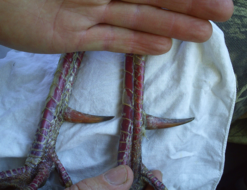
The Spurs
The spurs on a gobbler’s legs are an indication of age and prized by hunters — the longer and sharper the better. Spurs are used for fighting and self-defense. In either situation, a turkey’s churning, slashing legs armed with sharp spurs can deliver severe injuries.
Spurs are formed from a bony core and covered by keratin, which also forms the scales of the turkey’s legs. This keratin is similar to human toe or finger nails. It grows on the turkey leg scales until…

